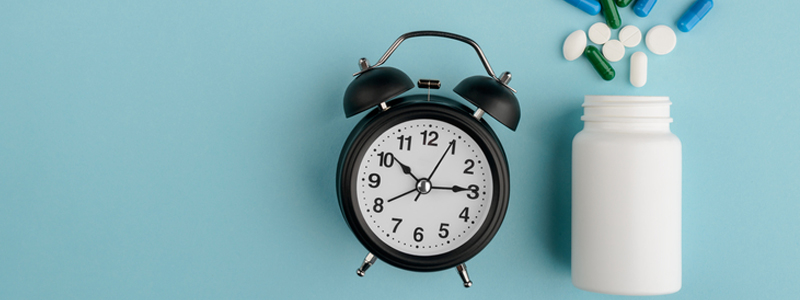Quality sleep is a major issue for many Americans. According to data compiled by the American Sleep Association, 50 to 70 million adults in the United States suffer from a sleep disorder. Insomnia is the most common with short-term issues reported by 30.0% of adults and regular insomnia by 10.0%. Sleep disorders tend to become aggravated with age, as 40.0% of people aged 40 to 59 years report short sleep duration, compared with 37.0% people in the 20 to 39 years age group. The National Sleep Foundation estimates that 43.0% of Americans between the ages of 13 and 64 rarely or never get a good night’s sleep on weeknights, and 60.0% experience disruptions in their sleep every night or almost every night.
A consumer insights survey conducted by Kline & Company in 2018 indicates that nearly 40% of consumers who purchase sleeping aids indicate increased purchases of these products compared to 2017. Treatment options abound, including prescription sleep aids, OTC sleep aid medications, natural OTC sleep aids, pain reliever and sleep aid combination products, and smart sleep devices.
Consumers often have concerns about the potential side effects of prescription sleep aids, which can range from relatively minor problems like headaches, muscle aches, constipation, dry mouth, daytime sleepiness, and dizziness to the more serious risks of habit-forming dependency when taken for more than 10 days.
Natural sleep aids, such as those products that contain melatonin, valerian, ashwagandha, lavender, chamomile, and selenium, are plentiful, but many consumers report needing to take these regularly for them to be effective. Others use OTC combination pain and sleep aids, such as Tylenol PM (Johnson & Johnson) and Advil PM (Pfizer). Traditional OTC sleep aids contain sedating antihistamine ingredients, either diphenhydramine or doxylamine succinate, both of which can also have side effects, such as prolonged drowsiness the next day or difficulty in waking.
Many of the new products on the market showcase an overlap between stress and sleep management. Marketers often brand these combined products to addresses the inter-connected symptoms, namely lack of sleep, which leads to stress and in turn results in sleeplessness. For instance, Irwin Naturals’ new product Melatonin Plus 5-HTP and Rhodiola combine melatonin, the prime ingredient in natural sleep aids, and 5-HTP, a common ingredient used in stress and mood support products.
Other consumers dealing with sleep problems are turning towards technology to help them get a good night’s sleep. This is ironic since, in many cases, technology can be the cause of sleeplessness as increased screen time and lights from tablets and smartphones have been shown to stimulate the brain and make it harder to relax and fall asleep. However, smart devices monitoring sleep patterns are available and can control everything from air, noise, light, and temperature to the bedding and mattress you sleep on. Awair is a smart device that tracks toxins and chemicals in the bedroom and provides a sleep report every morning to summarize how indoor air quality impacts your sleep. Philips offers Smart Lights that help to create soothing, gradually dimming light at bedtime with brighter lights in the morning to help stimulate the body’s natural sleep cycle rhythm. Eight Smart Mattress is a sensor-based mattress that monitors sleep patterns throughout the night and gives consumers actionable suggestions on how they can improve their sleep. This mattress also features dual-zone temperature and firmness controls, allowing bedmates to customize their comfort.
Kline is currently conducting research for Sleep Aids: U.S. Market Analysis and Opportunities. This report will include a full analysis of OTC medicated sleep aids, natural sleep aids, pain + sleep combination brands, and sleep devices. This comprehensive analysis provides the latest key market trends, new product activity, business opportunities, and sales data for each category. As part of this study, a large-scale consumer attitudes, usage, and perceptions study is being conducted with 500 American adults. To learn more, contact us.

